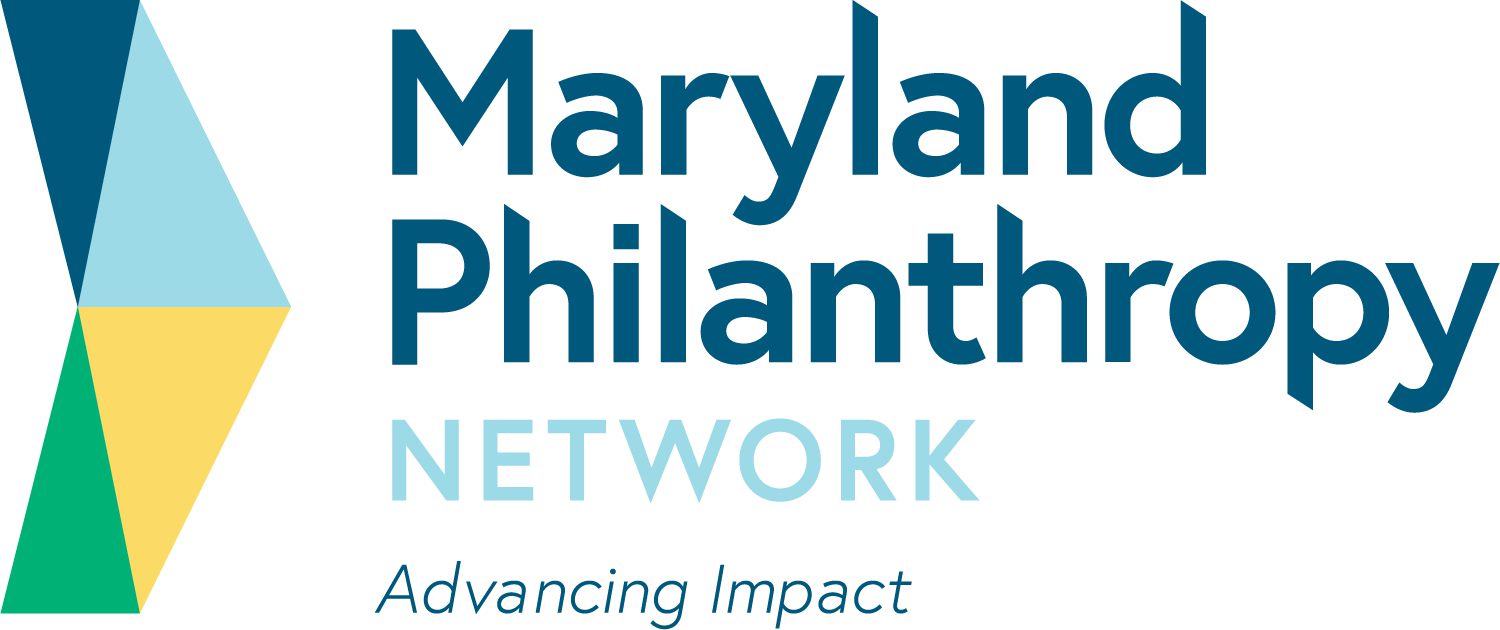The State of Children with Disabilities and Special Health Care Needs
July is Disability Pride Month, marking the anniversary of the Americans with Disabilities Act. This groundbreaking civil rights law was passed in July 1990 and prohibits discrimination against individuals with disabilities. This anniversary is an opportunity to honor people with disabilities as a valued part of our society — we can do this throughout the year, as well. This is also an opportune time to review the experiences of young people with disabilities and special health care needs in our country and consider how to strengthen the support they receive.
Children and youth with disabilities are a highly diverse group representing many conditions and identities — from learning disabilities and mental and behavioral diagnoses to special health care needs. These young people contribute in positive ways to their families, schools, communities and eventually — in adulthood — to society through their work. At the same time, these children are also more likely to experience challenges socially, emotionally, academically and in other areas, compared to children without disabilities or special health care needs. In turn, their parents or caregivers experience stress related to their family finances and caregiving duties.
This post provides the latest statistics on children who have disabilities or special health care needs and examines how they are supported and where current approaches may be falling short.
Click here to read the full article.
Source: The Annie E. Casey Foundation
FIND MORE BY:

